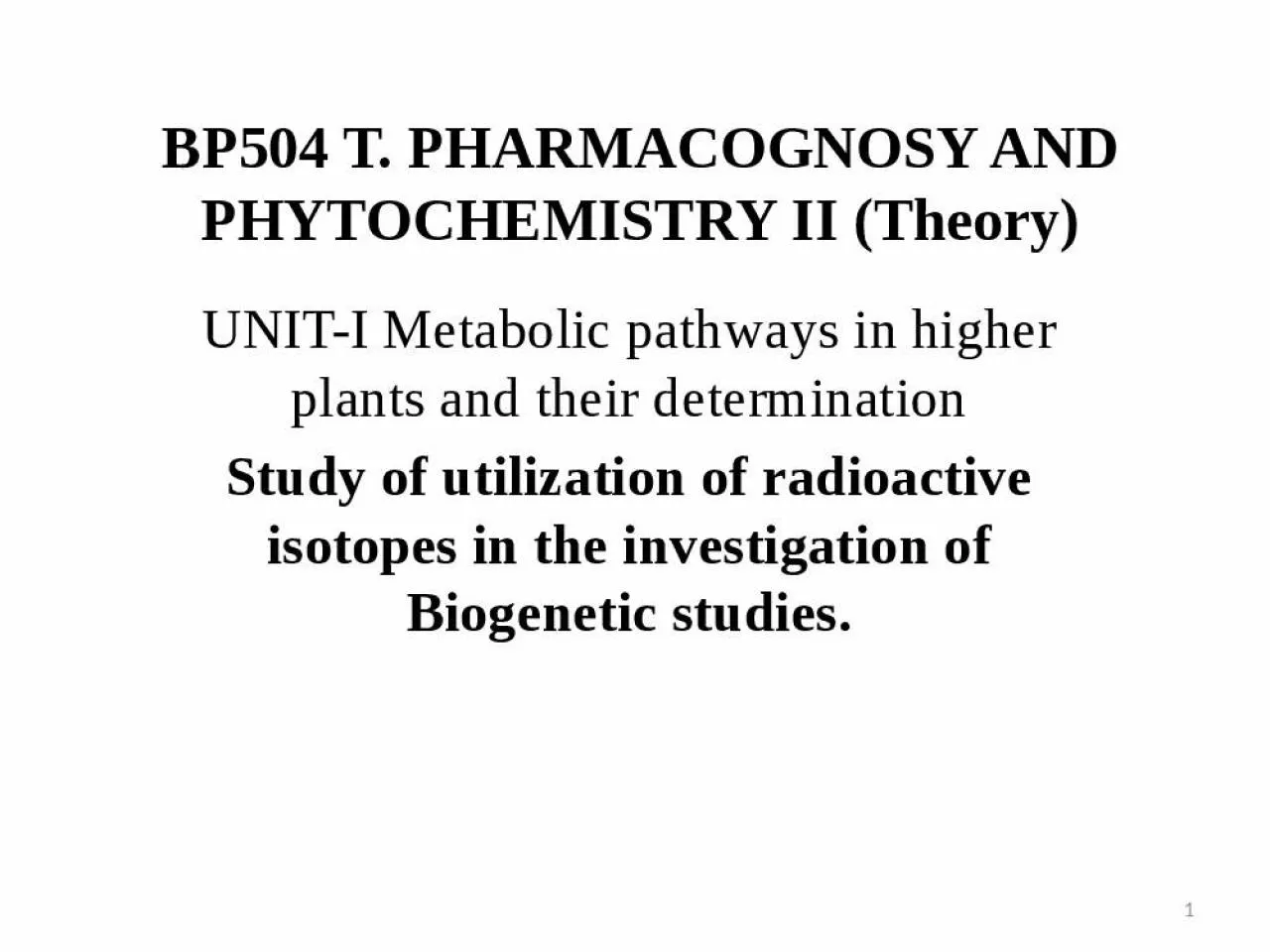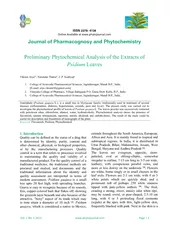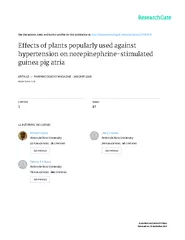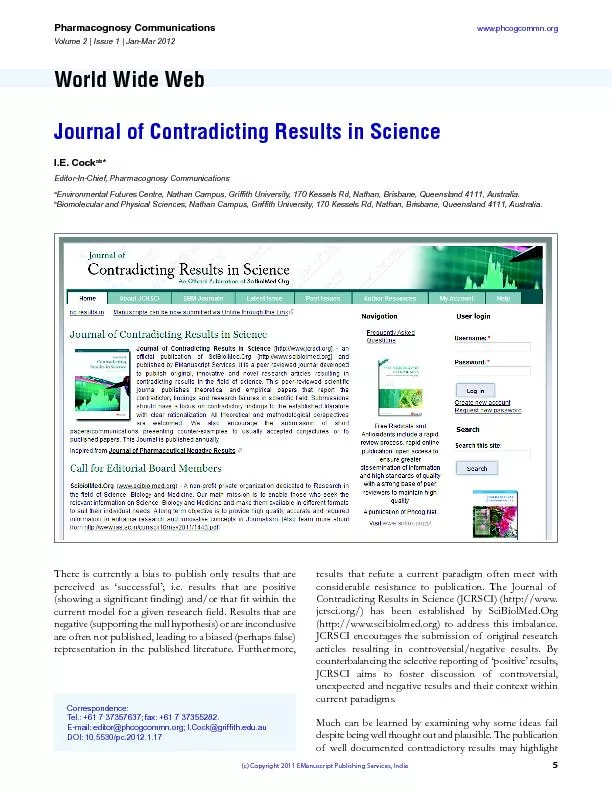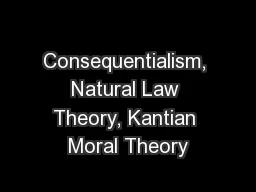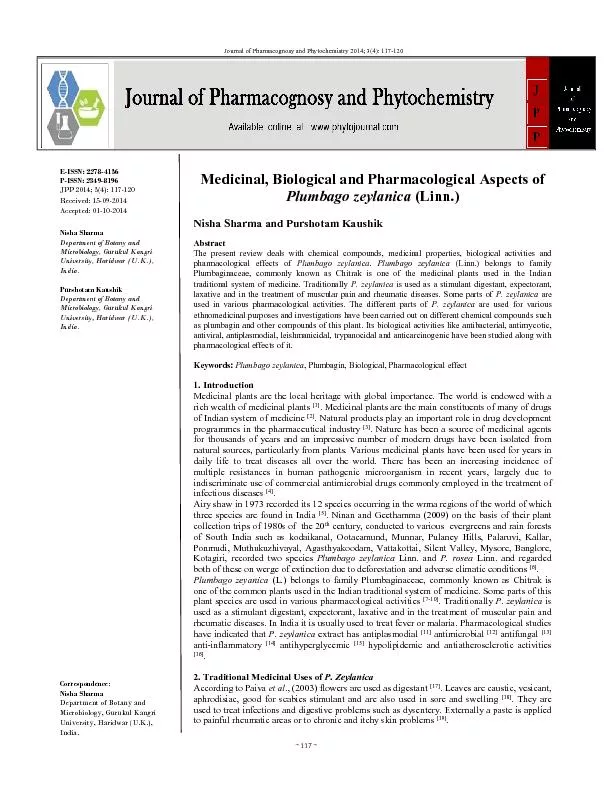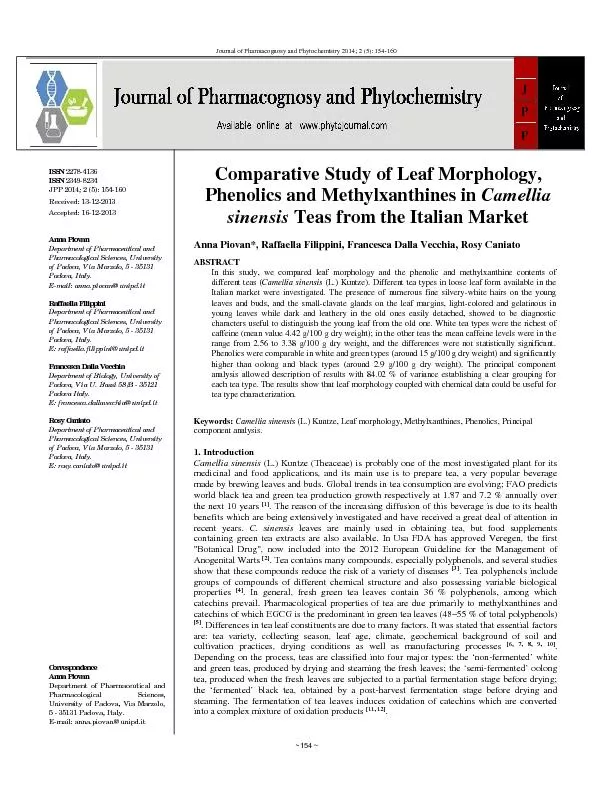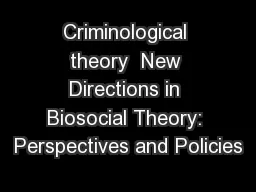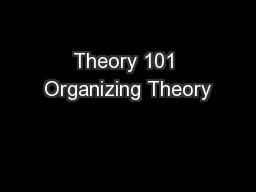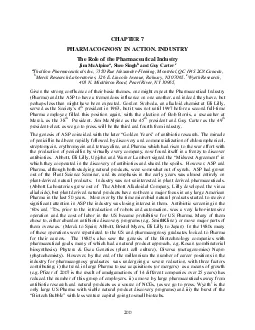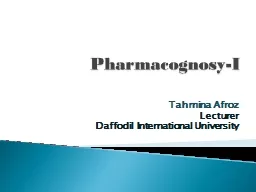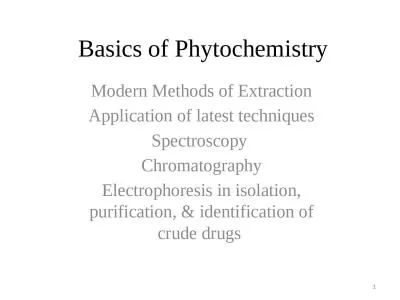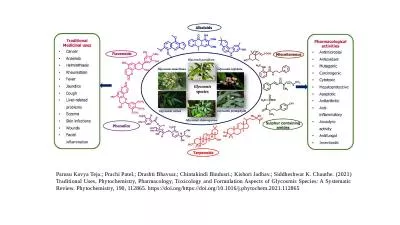PPT-BP504 T. PHARMACOGNOSY AND PHYTOCHEMISTRY II (Theory)
Author : davis | Published Date : 2022-02-24
UNITI Metabolic pathways in higher plants and their determination Study of utilization of radioactive isotopes in the investigation of Biogenetic studies 1 Study
Presentation Embed Code
Download Presentation
Download Presentation The PPT/PDF document "BP504 T. PHARMACOGNOSY AND PHYTOCHEMISTR..." is the property of its rightful owner. Permission is granted to download and print the materials on this website for personal, non-commercial use only, and to display it on your personal computer provided you do not modify the materials and that you retain all copyright notices contained in the materials. By downloading content from our website, you accept the terms of this agreement.
BP504 T. PHARMACOGNOSY AND PHYTOCHEMISTRY II (Theory): Transcript
Download Rules Of Document
"BP504 T. PHARMACOGNOSY AND PHYTOCHEMISTRY II (Theory)"The content belongs to its owner. You may download and print it for personal use, without modification, and keep all copyright notices. By downloading, you agree to these terms.
Related Documents

